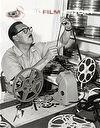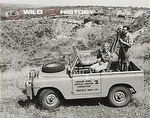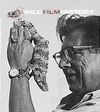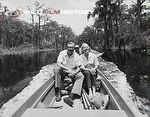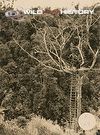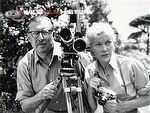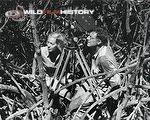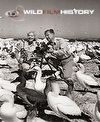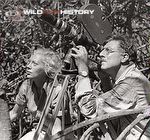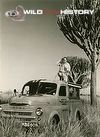Armand Denis
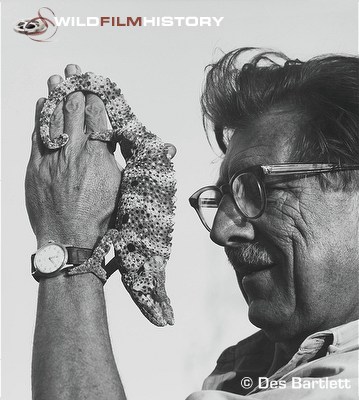
One of the pioneers of commercial wildlife television, Armand Denis, joined by wife Michaela, saw in a new age of natural history programming with the glamorous and hugely popular BBC travelogue, On Safari.
Armand developed an interest in both travel and the natural world as a young child, planning family expeditions and collecting numerous lizards. Armand fought in the First World War before escaping to England, where he read chemistry at Oxford. During this time his passion for wildlife re-emerged, and when he invented the automatic system of volume control in 1926, he abandoned science in favour of filmmaking.
Investing some of his royalties in a couple of second hand movie cameras, he left for Bali and released his first feature film, Goona-Goona in 1931. The film’s success brought him to the attention of the cinema industry, and in 1934 he directed Wild Cargo, the sequel to Frank Buck’s Bring ‘Em Back Alive (1932).
Throughout the 1940s he travelled the world extensively, directing numerous feature films. In 1948 he met his future wife and onscreen partner, Michaela, and in order to finance an independent project the pair travelled to Africa to work on the feature film, King Solomon’s Mines (1950).
Publicising their 1953 film, Below The Sahara, the pair appeared on the British show, In Town Tonight. The BBC quickly saw the couple’s potential for television work and in 1954 they burst onto British screens with their glamorous travelogue, Filming Wild Animals.
Revolutionising the world of wildlife television, the couple built on the success of their stylistic series, barely leaving British screens for the next decade. They travelled all over the globe, appearing in Filming In Africa (1955), Safari to Asia (1959-61) and providing various instalments of their long running series, Travellers' Tales: Armand and Michaela On Safari.
After a lengthy career in wildlife filmmaking, Armand died at the age of 74 in 1971.


